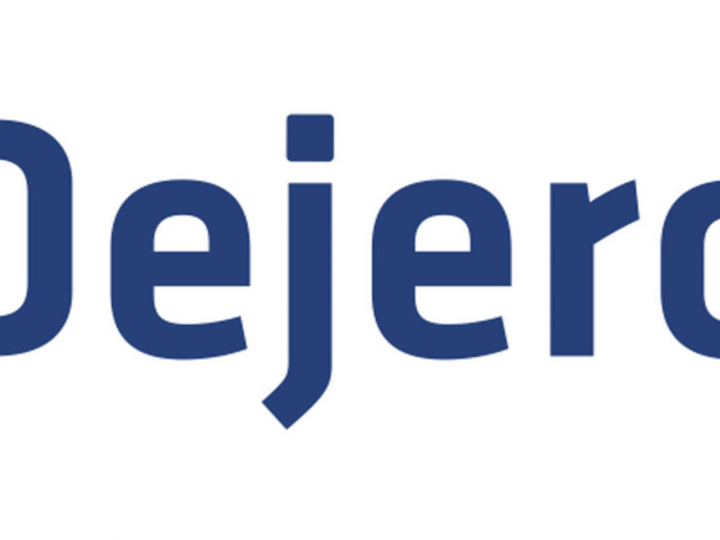
[08 September 2016]
Imagine Communications, empowering the media and entertainment industry through transformative innovation, today introduced an extension to its unified distribution initiative focused on regional ad distribution. The Regional Advertising Distribution System (RADS) is designed to provide broadcast stations, MVPDs and cloud providers with the ability to increase ad-generated revenue through regional and localized targeting of commercials by combining Over-the-Top (OTT), cacheable content delivery technology with dynamic advertising insertion and QAM-compatible transport stream output A first-of-its-kind offering, RADS opens up new monetization opportunities by enabling advertisers to cost effectively reach highly targeted and more relevant audience segments than previously possible.
National broadcasters and station groups have traditionally been limited to a centralized, one-size-fits-all advertising model, with each transmission site in their distribution network receiving identical content and commercials over expensive satellite or leased-circuit links. But as content providers migrate to more advanced terrestrial distribution infrastructure, the opportunity arises to expand their monetization options by enabling ad targeting on a region-by-region, or even hyperlocal, basis. Cable operators were similarly constrained, requiring expensive and complex ad splicing technologies to enable local ad insertion.
“RADS completely revolutionizes and expands the advertising business model of content owners,” said Brick Eksten, Chief Product Officer, Imagine Communications. “By deploying the components in our unified distribution architecture, broadcast, cable and satellite channels can leverage OTT distribution models, including dynamic advertising insertion, creating the ability to efficiently and effectively target different advertising zones and regions. By adding a single appliance to their networks, broadcasters and cable operators can serve both OTT and traditional distribution from a single workflow, reducing costs and increasing the value of their content by offering advertisers the ability to diversify their campaigns and deliver ads to a better-targeted and more engaged audience.”
RADS works by facilitating the creation of localized MPEG TS streams, which can be customized with unique ads before being directed to specific regions. The ability to create multiple MPEG transport streams selectively makes it possible, for example, for a national retailer to simultaneously show different ads to television viewers in different segments of the broadcaster’s distribution footprint. The same solution can be used to distribute alternative programing, for example, to fulfil regional blackout requirements. RADS enables both ads and alternative content to be inserted at the edge of the network based on local requirements.
The RADS solution consists of products from Imagine Communications’ unified distribution platform, which includes the Selenio™ Video Delivery Edge (VDE) and the company’s Dynamic Ad Insertion (DAI) suite of products. Selenio VDE, introduced earlier this year, is an HTTP-to-UDP gateway that converts ABR-based content into transport stream-formatted signals that are delivered to subscribers through set-top boxes. When utilized by content distributors, including cable operators and other video service providers (VSPs), Selenio VDE enables consolidation of legacy and next-gen networks into a single, unified operation while enabling VSPs to modernize their ad insertion operations. As part of the RADS solution, Selenio VDE converts HTTP-based signals carrying regionally-targeted ads back to MPEG transport streams, which are then forwarded on to regional ad zones. The system scales from tens to thousands of streams.
Localization of advertising and content in the RADS solution relies on Imagine Communications’ OTT DAI solution, which includes the xG AIM dynamic ad insertion manifest manipulator, xG POIS, xG ADS, xG ADR and the Telurio Packager, which formats video streams for an array of connected devices. These elements comprise the standards-based reference architecture for Imagine’s unified distribution platform, supporting SCTE-130, IAB VAST, MPEG-DASH, HLS, and other protocols that enable a scalable, interoperable, and broadly deployed ecosystem.
All components of the RADS solution are software based and execute on commercial off-the-shelf (COTS) equipment that can be managed within a small technology footprint. RADS not only helps simplify delivery networks by removing the requirement for multicast, additional topology improvements enable broadcasters to access markets not previously served.
The RADS solution supports several use cases. Large station groups, for example, could deploy RADS in a hub-and-spoke manner, enabling advertising operations to be concentrated into a single location, with distributed insertion points. It also supports multiple business models. Broadcast and cable networks may choose to build and maintain their own installations of the unified distribution solution or contract with a technology partner that operates a shared service.
The potential revenue uplift related to RADS and its ability to increase the value of ad spots through regional targeting is difficult to estimate and will vary among content providers. But even a 10 percent increase in advertising can account for significant increases in revenue for broadcasters, MVPDs and cloud providers. In addition, RADS offers the potential to increase the attractiveness of national broadcast channels to regional brands, which have historically been limited to local content distributors.
Additional benefits of RADS include the ability to leverage the robustness of HTTP and content distribution networks (CDNs), as well as the price-performance advantages of COTS equipment. In addition to accelerating the transition from satellite to terrestrial distribution, RADS also provides a catalyst for the adoption of next-generation OTT technologies, expanding the distribution capabilities of content providers through additional delivery options and the ability to stream content directly to Internet-connected devices.
For more information about RADS and Imagine Communications’ unified distribution initiative, please visit Amtrium, Stand 4.A01 at IBC2016.
For more information, please visit www.imaginecommunications.com.







